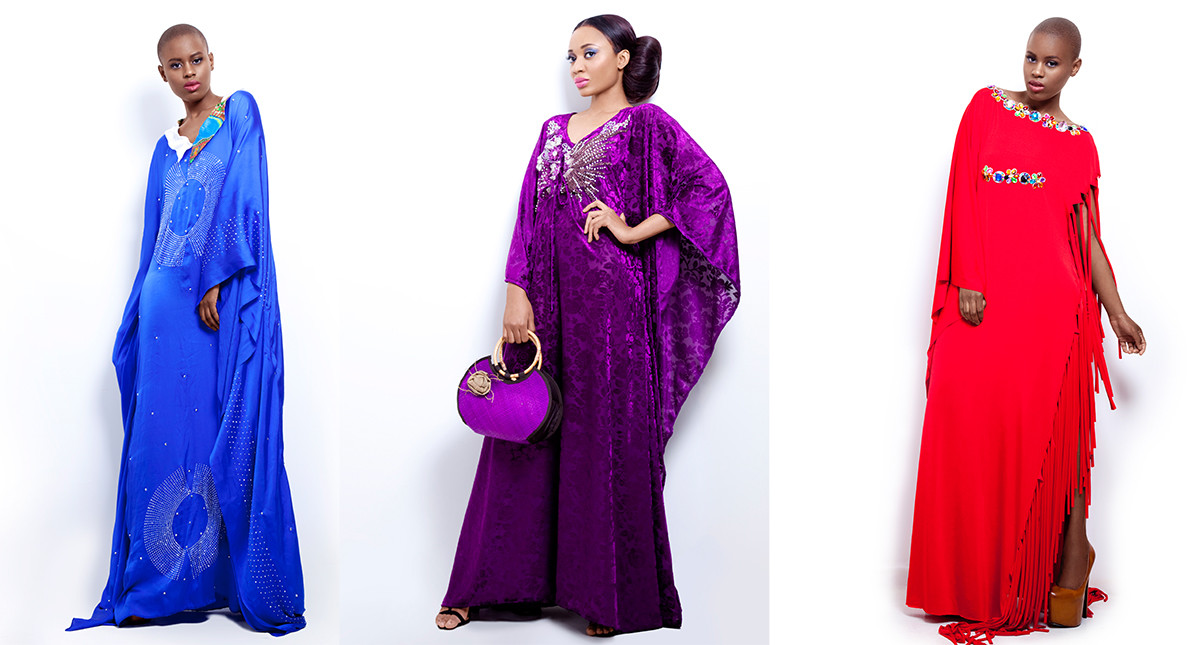Fashion and tailoring in Dakar
You can see in Dakar, and Senegal in general, that every woman is dressed with dresses made of wax (a cotton fabric traditionally from Africa). They choose the fabric at the market, they bargain the price, then take a few meters after choosing the pattern. There is something for every taste! There are a lot of colors, geometric patterns and diverse shapes.

After that, they go to a tailor. He will take the measurements of the client. Customers can come with an already made garment from which the tailor can copy the measurements, otherwise he will have to take it directly on the client's body. From the shoulder to the pelvis, the waistline and the chest for the top, and if you want to do a skirt, the leg length and the width of the hips. It's kind of like a sarong.
Personally, I had one made that I wanted to be able to wear back in Belgium. It was a red fabric with stars and circles. I asked to the tailor to cut some of the stars from the pattern and to make the bodice straps with it.
The skirt was short (but not too much), right above the knees. The skirt was kind of like a sarong so I was able to adjust it at the waist. It was really beautiful. I went back twice to the tailor for the fittings and see if I liked what was being made. In the end, the tailor changed some details (for example, he didn't use the stars for the straps, but circles), but it wasn't so bad, he did it because the result turned out better this way, and it was easier, the fabric could 'broke' (some type of fabric is more or less easy to work with, you have to take care of a certain 'direction' of the thread). I don't remember how much I payed for it, probably around ten euros.
Tailor shops are set up in some kind of little sheds, garage look-alikes that close with a big metallic door. Workshops are generally small, with one, two or three tables for the dressmakers and that's all. On the sides of the room, there are stored customer orders and fabrics.

As I said, the sarong-like skirt is a traditional garment. Another one would be the 'boubou'. Women wear it on special occasions, for celebrations or weddings. I was lucky to attend my welcoming sister's wedding in Dakar, but I'll tell this story in another post, even though, surprisingly I forgot a lot of things.
The 'boubou' is a large blouse, held on the body at the shoulders. The waist and sleeves are also large. It is worn with a coordinated skirt and can also be done by a tailor.

Some women wear dresses made of cotton and not wax. Sometimes this cotton dresses are white, which is impressing because those women can stay clean all day despite the dirty ground (covered with sand and trash). Actually, we learned by curiosity, that some of them change their clothes sometimes three times a day et that they have in their wardrobe the same garment in several exemplaries.
However, men, like women, also dress themselves in a european way.

But, men also have their own traditional garment: a tunic, but not as low-necked as women's. It features a V shaped neckline and the garment is open on both sides with slits. The fabric is usually cotton. With it, men wear wide pants underneath. They also have their equivalent of the 'boubou': it's a really wide dress, that goes to their feet. It is also slitted on the sides at feet level, and they wear pants underneath, too.
Photo gallery
Content available in other languages
- Français: La mode et les tailleurs de Dakar
- Polski: Moda i krawcy z Dakaru
- Español: La moda y los sastres de Dakar
- Italiano: Moda e sartoria di Dakar
Want to have your own Erasmus blog?
If you are experiencing living abroad, you're an avid traveller or want to promote the city where you live... create your own blog and share your adventures!
I want to create my Erasmus blog! →



















Comments (0 comments)